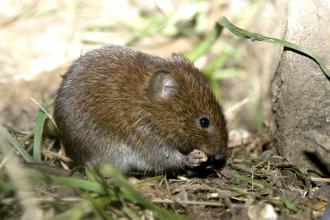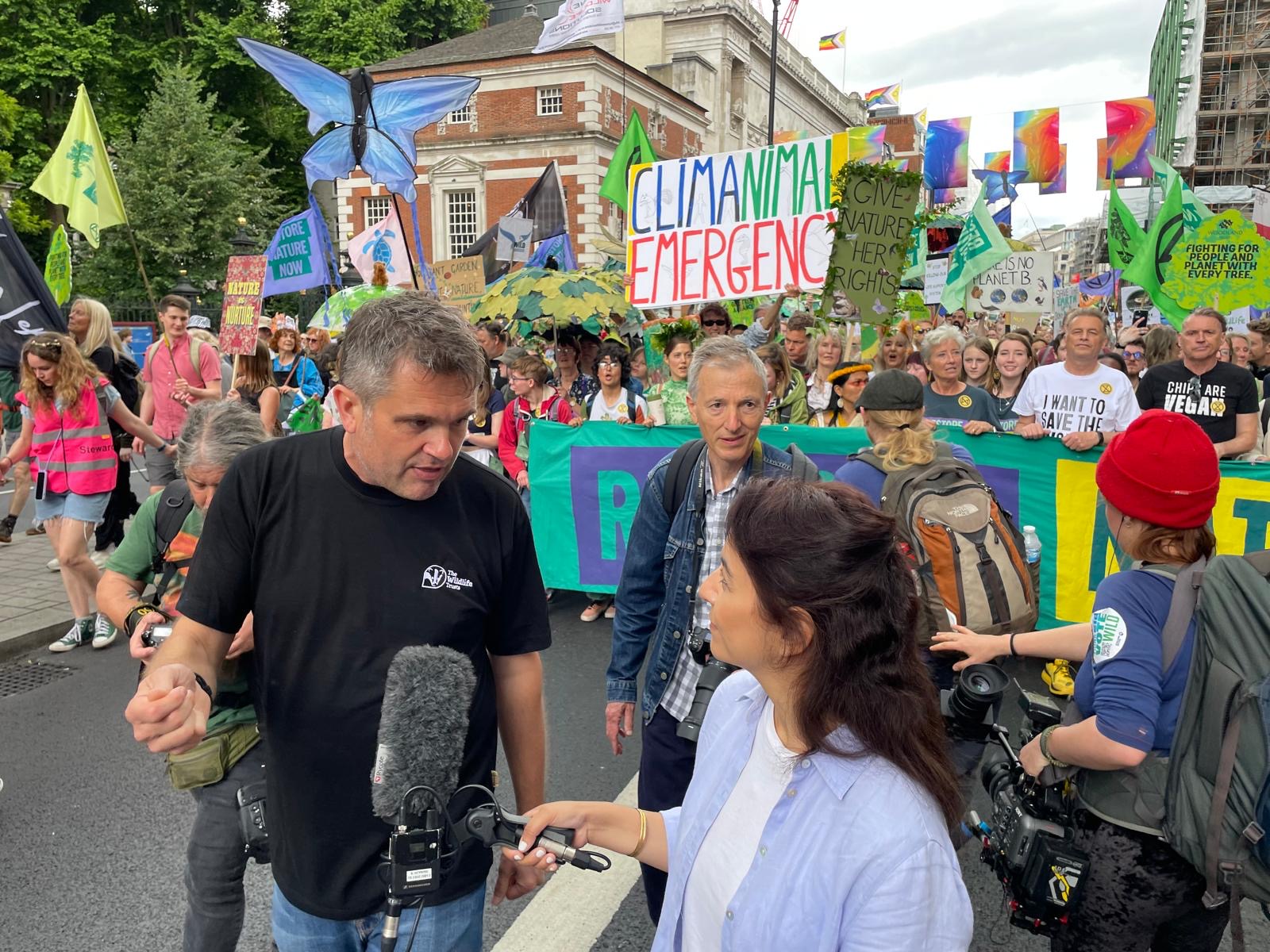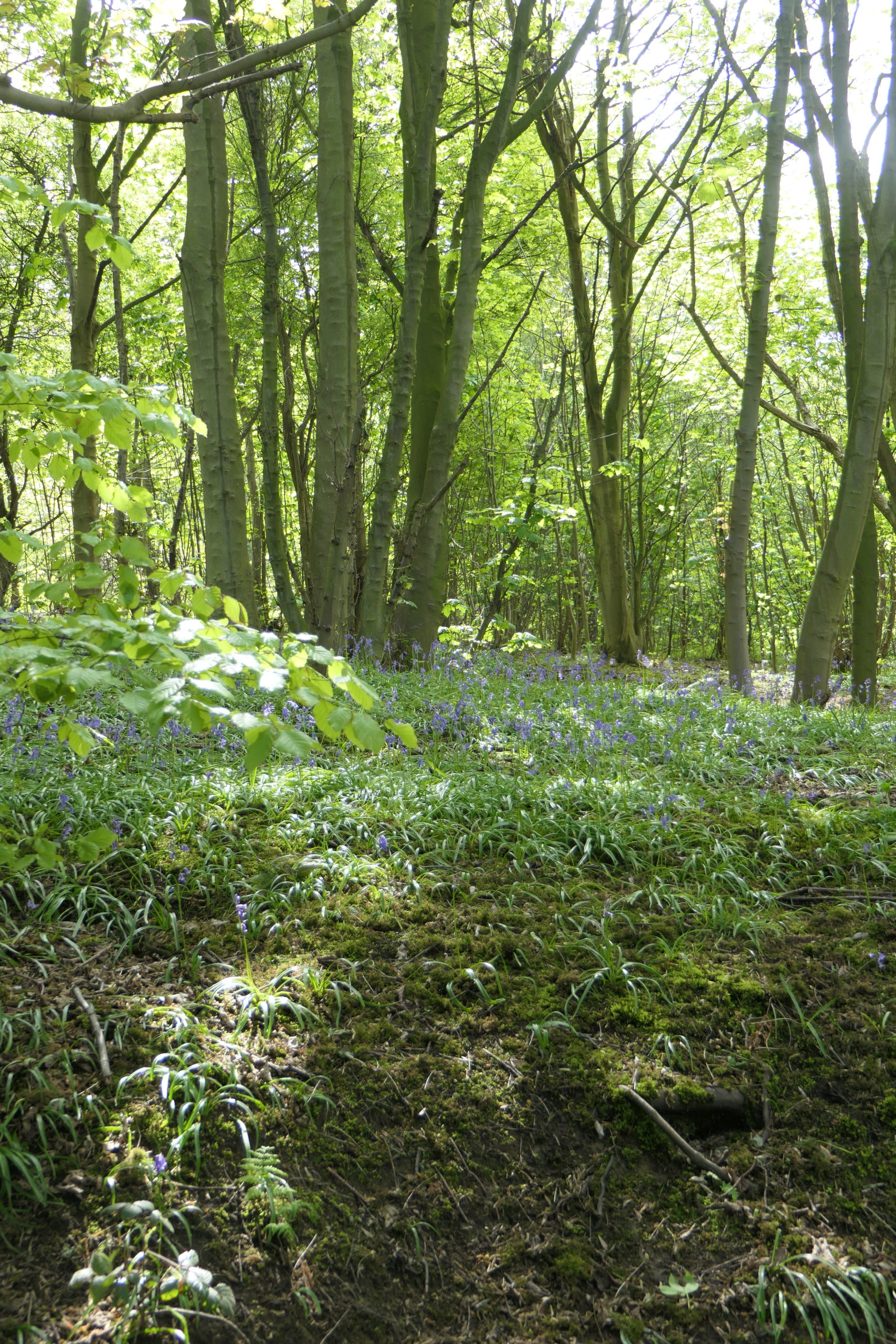Ian Jelley, Director of Living Landscapes for Warwickshire Wildlife Trust, explains why helping nature recover is as essential for us as it is for wildlife.
In the modern times we live in, it’s easy to forget just how reliant we are on the natural world. Especially as technology advances, solving life’s challenges and sometimes providing solutions to problems we didn’t even know we had. But with that ‘progression’ comes further separation from our relationship with the natural world; and that can result in unintended consequences.
Take, for example, the variety of year-round fruit and vegetables available in supermarkets, sourced from around the world. Whilst this can improve our diets and increase access to fresh food, it also adds to our disconnect with nature. No longer is it evident when the ‘season’ is for certain produce, and the ‘story’ of how the food is produced is often lost as it arrives on our plate from a packet.
To us as consumers, it’s not apparent that one in four mouthfuls of food we eat relies on pollinating insects to help it grow. Therefore, the threat of extinction that hovers over so many of our pollinating insects, and the link between that and our own food supply, is missed.
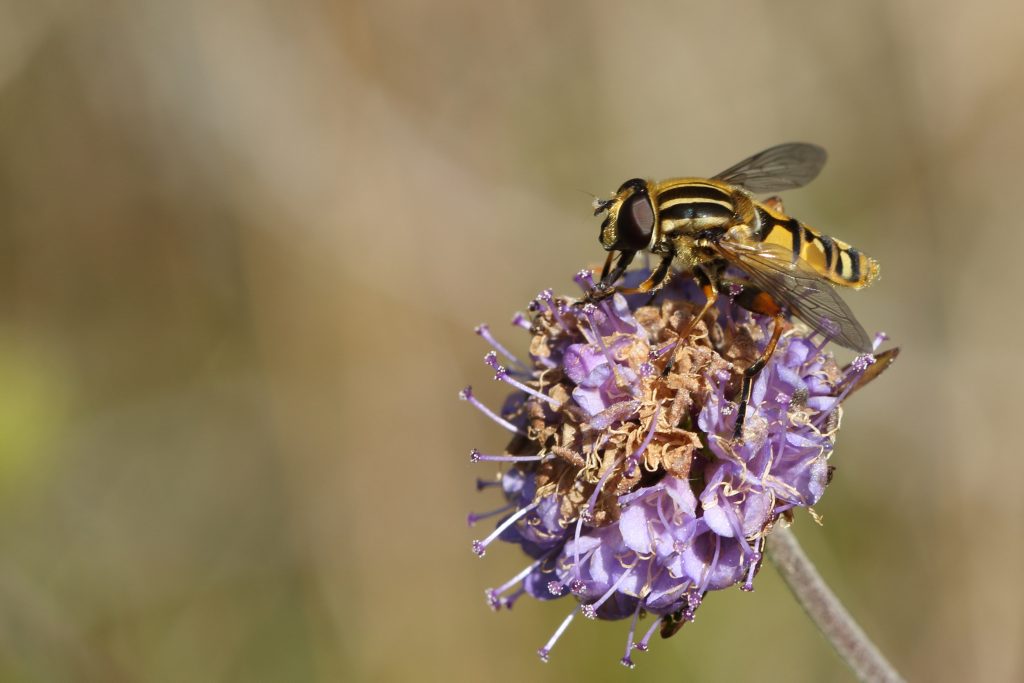
We exist in a paradox of wildlife at the brink of extinction, and a modern way of life that means we’ve never been more disconnected with the relevance and value of the natural world. This often means that our actions, unintended or otherwise, contribute towards the further decline of species.
Some may think, ‘What does it matter if some little bug that I’ve never heard of or seen dies out?’
The answer to this is that it matters greatly. Everything in the natural world (including us) is connected. Imagine our world as a game of Jenga. Each wooden block in the Jenga tower represents a different species on our planet, with the block on the top representing us. If you start taking out the species below then you risk the whole stack crashing down, people included. Because we rely on all the others to hold us up.
The impact of climate change magnifies the pressures on threatened species and whilst nature-based solutions could help us mitigate the climate crisis, our decision making at a political level does not enable joined up thinking to tackle this and other crises that have economic and social consequences.
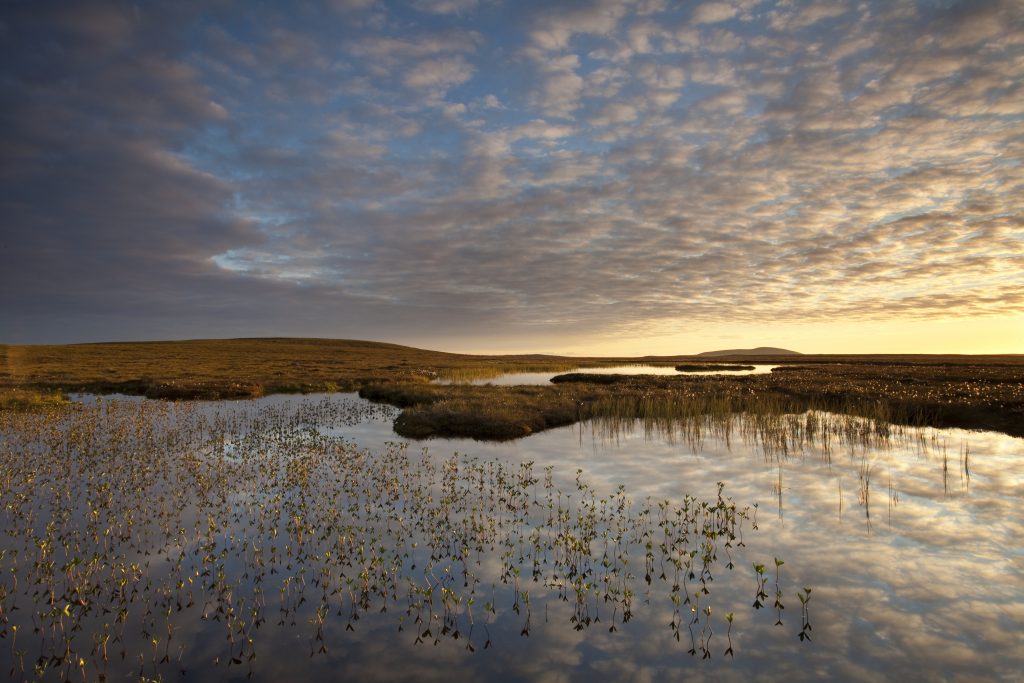
Nature-based solutions to climate change, like healthy peatlands, can make a huge difference for us and wildlife
So how do we reconnect people with the importance of the natural world, whilst also putting in place the measures needed to bring wildlife back? The Wildlife Trusts believe the answer to these questions lie with our vision for 30 by 30.
This vision for a wilder future has three pillars –
- 30% of land and sea contributing to nature’s recovery by 2030
- 1 in 4 people taking action for wildlife by 2030
- Nature-based solutions at the heart of post COVID-19 recovery, climate change adaptation and future decision making.
Evidence suggests that across a range of different species, where there is less than 30% cover in a landscape, habitat patches become small and isolated, and species richness (the number of species in any one area), abundance and survival rates decline. At more than 30%, habitat patches will generally be larger and the distance between patches will typically be less, so they are better connected. This means that if local extinctions do occur, other populations of the same species can move into the area easily, or indeed prevent the local extinction in the first place.
We are the first generation to recognise the impact we are having on the natural world, and perhaps the last that can save it before it’s too late. We can all play our part in nature’s recovery, but must act now! We can manage our land with wildlife in mind, whether that land is a block of flats’ communal garden, a town park or farm field. Those who don’t have access to land can still take action for wildlife in other ways by supporting their local Wildlife Trust, volunteering, or by writing to their MP or other decision makers at work or school to demand better policies and laws,.
Making space for nature helps to create healthy soils for growing more food, clean air to breathe, clean water and green space for exercise, not to mention flood management and carbon capture. mitigating the impact of climate change. So, what’s good for nature is good for us too.
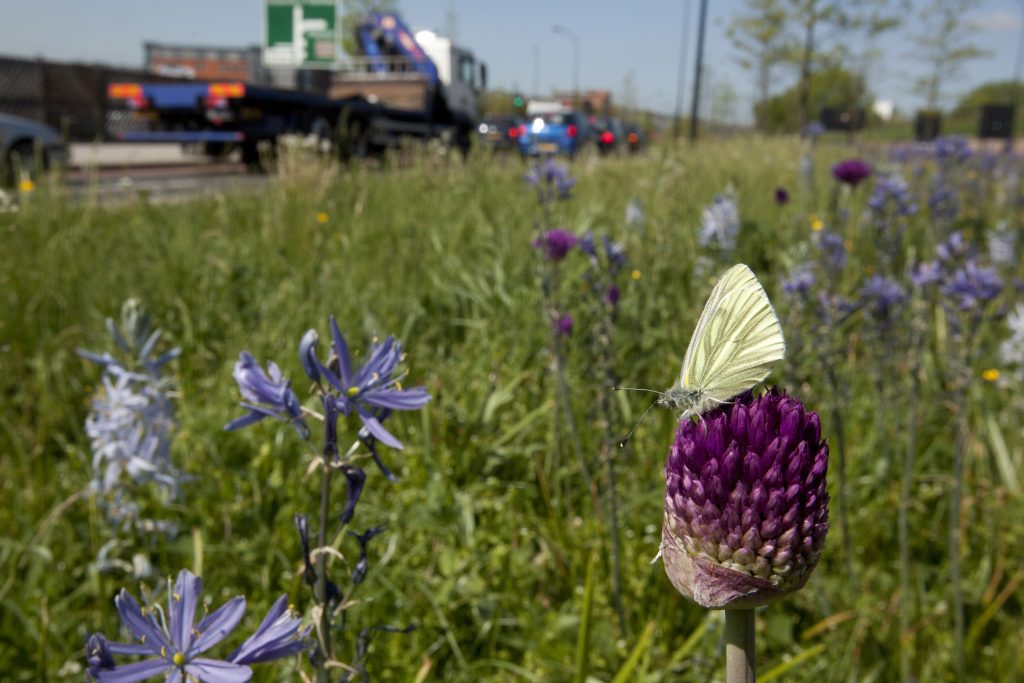
Here in Warwickshire, we have ambitious plans for the future, playing our part in #30by30. The data we’ve gathered suggests that the total land area supporting wildlife recovery across Warwickshire, Coventry and Solihull is currently at about 13%. We need more land contributing to nature’s recovery, so we are going to change the way we acquire new nature reserves. We will give highest priority to acquiring land with low existing wildlife value because the potential to bring wildlife back is greatest there.
We will target land that is difficult to farm productively, and where our investment can have the biggest impact for wildlife and people. We will secure land through purchase, donation or long-term agreements in the right areas to create bigger, better and more joined up areas for wildlife. We will then look to improve these sites for wildlife, increasing the overall land area with a high wildlife value across our region and contributing towards the 30% target. This approach also creates more publicly accessible sites to bring people closer to nature on their doorstep. Everyone feels better both mentally and physically when they have access to nature, so ensuring that it is accessible to all is really important.
We will also continue to work in partnership with local councils, farmers and landowners, and local businesses, to inspire and support them to make space for nature on their land. Because we can’t do this on our own – if we want to put nature into recovery then we need to work together.]
Will you join us to create a wilder future?
Find out more here.
